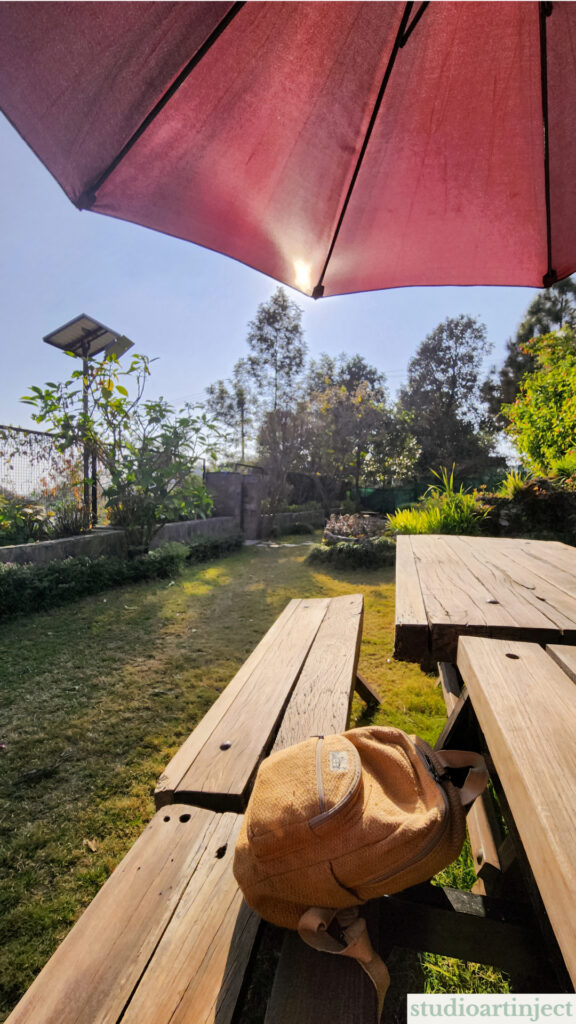We all have seasons when our personal life takes the front seat. And I too just came out of a season where my personal life took over all the other areas of my life. Returning back to art practice after a long break tugs hard at the imposter syndrome.
In this blog post I discuss how to balance art and business, how to grow your skills as a self-taught artist, and how to build a consistent art practice.

I have decided to spend the rest of this year re-focusing on my art practice, growing my art-making skills, and quietly creating a huge body of work.
I am taking a step back in my business so that I can put all my focus and energy on strengthening my art practice because there are two things that have becoming glaringly clear to me:
- There is not art business without art, and
- A creative business is only as successful as the creative practice.
Balancing art practice and art business
Like I mentioned in my last blog, it’s been two years since I started this business out of which one year was spent in setting up the systems in my business and the other was spent in creating discipline as a work-from-home artist.
Consequently, I couldn’t make as much art as I wanted to. So I’m taking the second half of this year making as much art as I can.
I have an entire blog post on this topic, you can read it here.
How to grow your skills as a self-taught artist
Create your own roadmap tailored to the goals you have in mind.
This is what it looks like for me:
- Learn the skills taught at art school.
- Experiment with various subjects and discover what I gravitate toward.
- Create a portfolio which represents the type of art I want to make more of moving forward.
My plan to build a consistent art practice
You can read all about The Why and How of a Consistent Art Practice in this blog post.
I’ve divided the above-mention three goals into steps I can take that will move me closer toward these goals.
- Step 1- Spend two months working on developing my drawing skills, dedicating one hour to my art practice everyday.
- Step 2- Spend a month experimenting with different subjects I’m interested in by undertaking a personal daily painting challenge.
- Step 3- Spend the last two months of this year developing a body of work that I can put in my portfolio. I already have some collection ideas sketched out that I cannot wait to start working on!
I had a wonderful conversation with a fellow artist on How to Cultivate a Consistent Art Practice & Develop an Artistic Voice. It’s filled with nuggets of wisdom about building a consistent art practice.